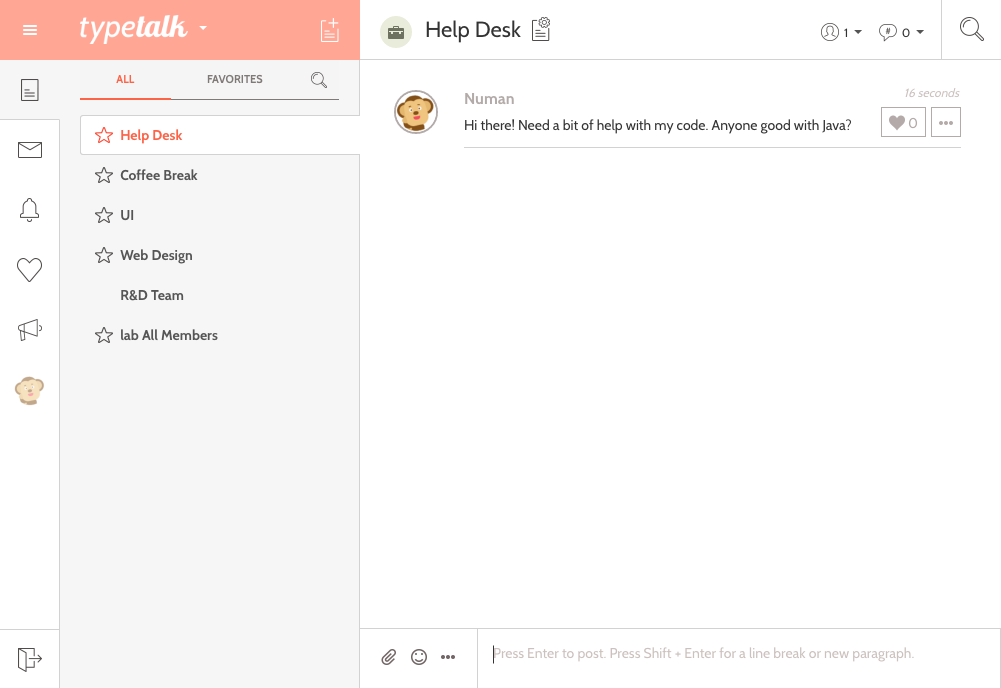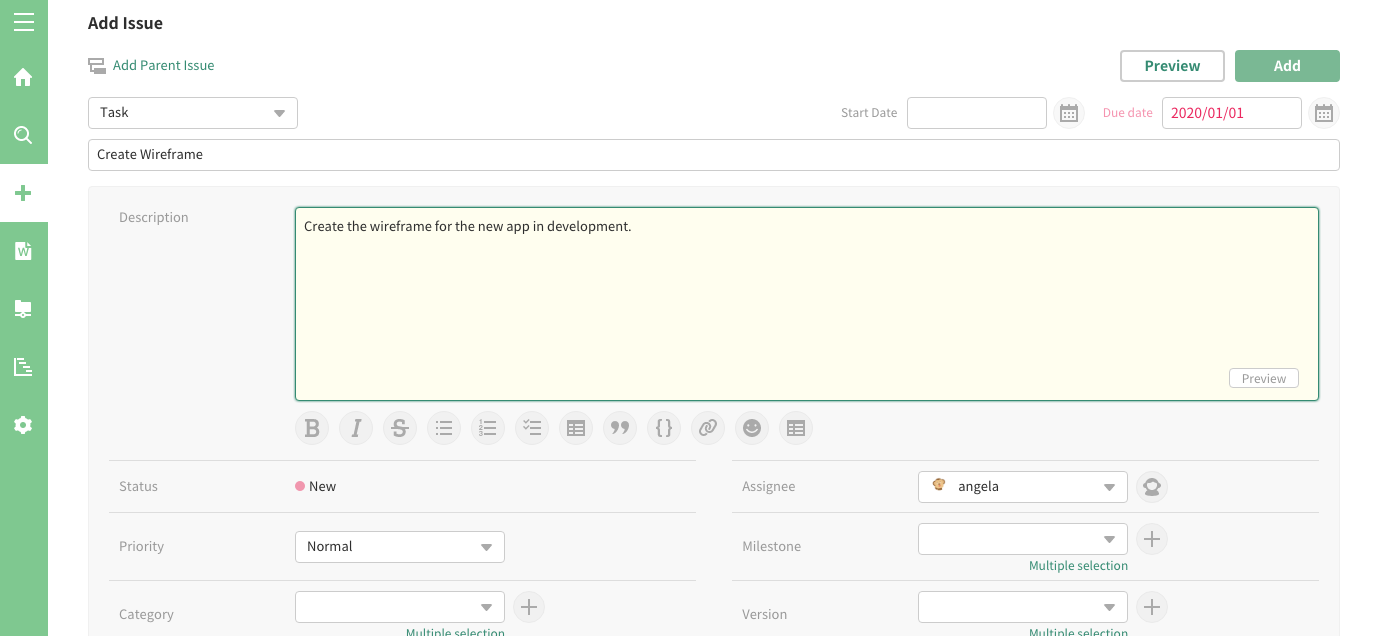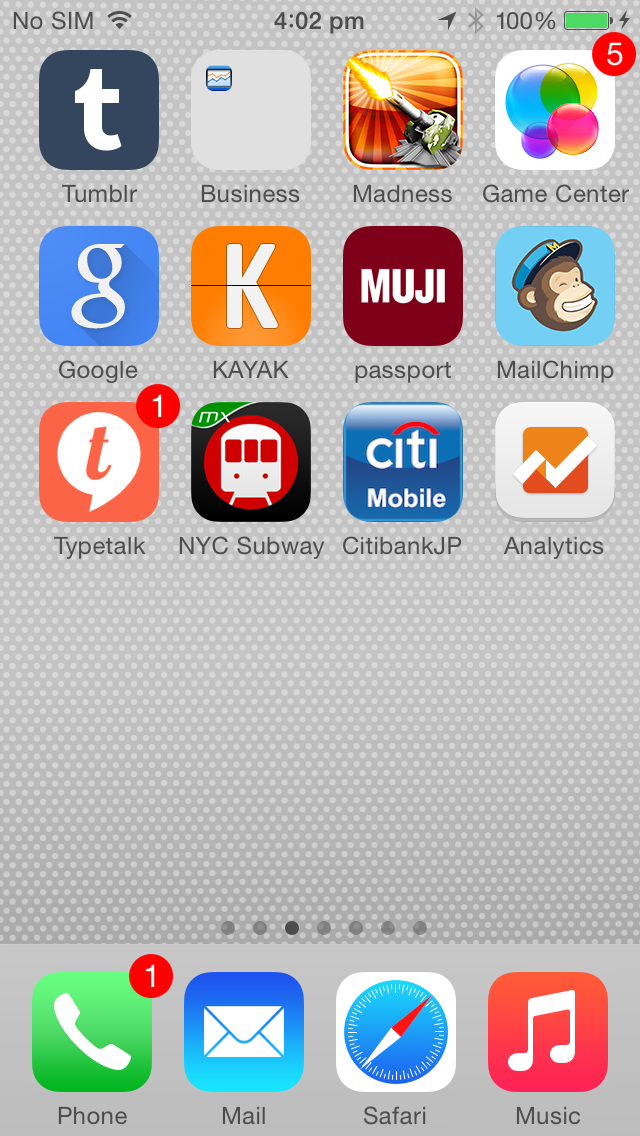Best practices for communicating with remote workers
Nulab Staff
June 29, 2016
Over the last few decades, the office landscape has experienced a transformation, as telecommuting has entered the mainstream arena. Whether working remotely from Alaska to Florida or Japan to Texas, we are in an age where an increased number of employees are in long distance relationships with their workplaces. As of 2014, over 3.7 million people have joined the telecommuting population to some degree. Although this is only 2.8% of the employed, it is a whopping 103% increase since 2005.
There are benefits of remote working for both sides of employment equation. Employees are less stressed and lead healthier lifestyles, contributing to a higher rate of productivity. Employers have access to a wider applicant pool, bask in productivity and can save money on space, utilities, and materials.
With online tools and business providing convenient ways to communicate, collaborate and keep track of productivity, it is no wonder working from home has become a popular choice for both employer and employee. As a business owner, boss, employee, intern or consultant, if you or anyone on your team is part of the growing network of telecommuters, you’ll want to stay at the forefront of best practices for connecting and working together seamlessly. Let’s dive into the menu of technology that is keeping the spark alive between remote workers and the workplace.
Back to the Basics
It wasn’t until the 1970s that remote employment was officially born. In 1872, while working on a communications project for NASA from home, Jack Niles referred to his work scenario as telecommuting, coining the term and planting the seeds for this employment movement. Phone, email and fax are essentially the grandfathers of telecommuting, and continue to be relevant tools for communicating remotely. Technology has brought on advancements of these tools, but in many cases they remain common, quick and easy go-to’s for the teleworker. To keep the work culture alive and to create efficient and interactive collaboration, going beyond these basic tools and embracing new technologies for long-distance interaction can truly enhance the telecommuting experience and productivity for all parties involved.
Chat Apps
For any relationship to work, you need clear communication. A chat app like Typetalk is the heart and soul, the communication hub of remote working. It brings everyone together under one (digital) roof. You can have as much interaction or privacy as you need – much like a real office, if not better. Meetings and communication can be organized efficiently with the ability to create specific topic chat groups. If you want to include the entire company in one group, you can. If you want to communicate in a private conversation with one co-worker, you can do that as well. If you are working with a particular team on a specific task, you can create a topic with only those individuals and keep the conversation in that chat to the topic at hand. You can set up a help topic, a forum for people to ask technical or work related questions where anyone can jump in and assist. You can even have fun! Do you have a hobby and want to bring together others who share that interest? Create a group like “Karaoke Club” or “Office Equestrians.” The options are endless (depending on the parameters of the business).
The beauty of the chat app is that this communication can happen anywhere at anytime. The conversations are active, productive and efficient. With the ability to create concise working topics, express yourself with a profile picture, and support each other with features such as the “like” button, the work culture can thrive through chat just as it does IRL. With mobile chat apps you can have your water cooler conversation and drink it too!

Document Collaboration
No need for your team to sit around a long table in a damp room with the AC 10 degrees below necessary while sipping stale coffee and clicking the caps of dry-erase markers. Online file sharing and document collaboration software make remote collaboration an exceptional way for you to simultaneously create and edit documents with team members who are in a more temperate, coffee friendly environment. With apps such as the online diagram maker, Cacoo, and Google Docs, you can work together with all of the members of a project for some good old fashioned team collaboration.
With Cacoo, you create a shared folder and invite people to work in that folder with you. Once you add a document to the shared folder, you can share and access the file with the rest of the collaborators. You’ll then have the ability to simultaneously work together to move objects around, edit diagrams, and change copy all in real time. You can also chat with each other about the project within the file through the Cacoo chat feature. If you access the file at a time when no one else is working on it, you also have the option to leave comments for others to view later. This type of file sharing collaboration tool is an invaluable active workspace for remote team members to create together. Rest assured, no matter how far away your collaborators are you will certainly experience close encounters of the long-distance kind.

Project Management
One of the benefits of working with remote employees is increased productivity. A great way to be involved with their day-to-day workflow and productivity level is with project management software. One such toolkit is Backlog, where you can onboard your employees and keep the flow on track no matter where their cubicles may be. With this toolkit, you can organize work into projects and within each project create “issues” which are tasks or assignments to be completed. Issues are a great way to track the process of a project. In an issue, you can set the project title and details and assign a due date. When that deadline approaches, the date will illuminate in red, expressing the urgency of the issue. Along the way, the progress of the issue can be monitored and updated by the assignee and assigner through status updates that include “open,” “in progress,” “resolved,” or “closed.” And if communication needs to be made directly about a specific issue, messages can be sent within the issue itself.
Online project management tools are a way to grab remote control of telecommuters and track their work in a positive and productive way. It’s a digital in-box and out-box, and serves another platform to share, collaborate and work together, separately.

Video Conferencing
Conference calls are still a relevant, widely used tool but in the age of screen-based communication, why not take advantage of video conferencing apps to bring your telecommuters into the office. Working remotely lends itself to solitude and loneliness so it can be a nice change of pace for those far away to join a meeting in person. It is a great way to add a deeper level of human interaction with eye contact and facial expression, and it can further enhance the office culture. Google Hangouts and Skype are two great platforms for video conferencing. As we continue to develop Nulab’s applications, stay tuned for future updates of a video chat interface in Typetalk that will connect you even more seamlessly to your remote crew.
Time Zone Barriers
Remote workers can be a mile away or thousands of miles away which means you’re working together in a vast terrain of time zones. It might seem impossible to collaborate with someone who is asleep for 6 of the 8 hours of your workday. Shy of making an emergency 3 am call to Taiwan, there are plenty of other alternatives keep remote workers connected to your clock.
Employees who work from home in some cases have flexible hours. Instead of being on from 9-5, they may divide up their workday differently, creating hours more aligned with the ideal time zone. However for those telecommuters who are less in tune with your time zone, leaving messages within the apps is the best way to communicate directly and concisely. Nulab’s products provide many avenues for in-app communication. As mentioned above, Cacoo files can be commented on and viewed in the future, and messages can be sent within Backlog issues. Typetalk can send real-time push notifications to smartphones and email, and Backlog sends updates through email as well, for the remote worker to check immediately, at leisure or when they wake up for a midnight snack.

The Future of Telecommuting
When your employees or co-workers are not down the hall or in the cubicle next door, there are plenty of collaboration tools to keep everyone in sync and productive. If the statistics continue in the same direction, the telecommuting numbers will continue to surge in the coming years. The future of collaboration tools will no doubt reach new heights. Augmented reality and virtual reality are sure to be cutting edge tools for communicating with remote employees. Whether putting on a headset to occupy virtual space together or using depth cameras to video chat with your collaboration documents accessible in view, the tools will be dynamic. The future of telecommuting will bring you even closer to your teleworkers. So be ready. This future is not so remote!


